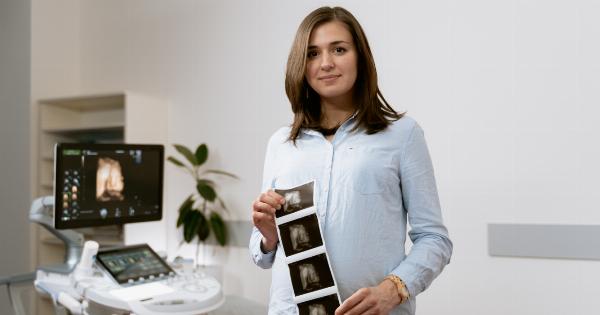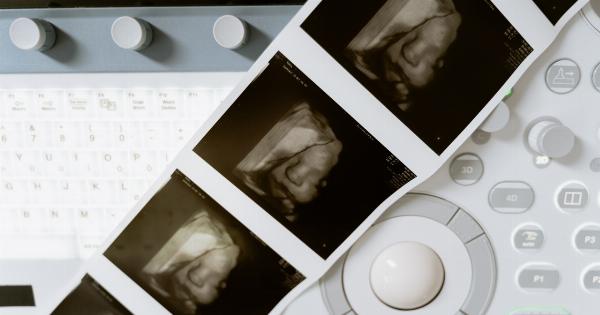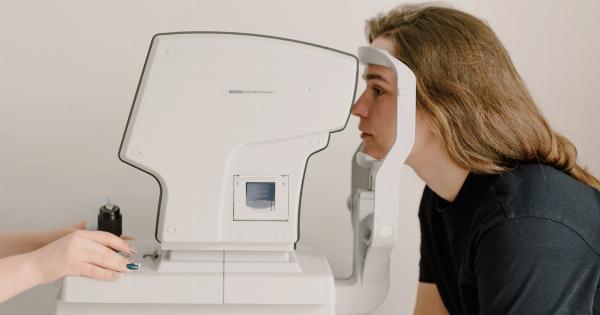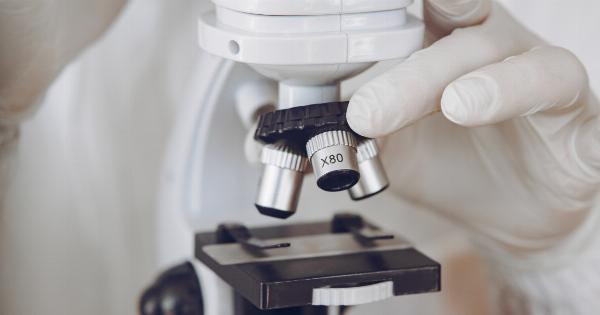Planning to have a baby can be a very exciting experience for couples, and it becomes even more fulfilling when the woman finally gets pregnant. After receiving confirmation of the pregnancy, the next step is to determine the due date.
There are numerous methods that can be used to calculate a pregnancy due date, but the most common approach is to use the first day of the woman’s last menstrual period (LMP). Keep reading to discover how to determine your due month.
How to Determine Your Due Month Using the LMP Method
The LMP method is the simplest and most commonly used way of determining the due date of a pregnancy. Simply put, it calculates the due date based on the first day of the woman’s last menstrual period.
Here’s how to do it:.
- Determine the date of your last menstrual period. This refers to the first day of your last period.
- Add seven days to the date. For example, if your last menstrual period started on the 1st of the month, add 7 days to get the 8th.
- Count back three months from the start date of your last menstrual period. For example, if your last menstrual period started on the 1st of January, count back three months to October.
- The estimated due date is the first day of the month after nine months from the date of your last menstrual period. For example, if your last menstrual period started on January 1st, your due date would be October 8th of the same year.
It’s important to note that the LMP method assumes that ovulation and conception took place on day 14 of your menstrual cycle, which is not always the case.
For women with irregular menstrual cycles, determining the due date using the LMP method may be more challenging.
Determining Your Due Date Using Ultrasound Imaging
Ultrasound imaging is another way to determine the due date of a pregnancy. This method is considered to be more accurate than the LMP method.
During the first trimester of the pregnancy (between 6-10 weeks), fetal dating can be done using ultrasound imaging.
Here’s how it works:.
- An ultrasound scan is performed on the woman’s pelvis to measure the embryo’s length, which is then used to estimate the due date. The measurement of the embryo’s length is more accurate in determining the due date than the LMP method because it directly estimates the age of the embryo.
- If the pregnancy is less than 8 weeks, the due date will be calculated based on the embryo’s length from the crown to the rump. If the pregnancy is over 8 weeks, the due date is calculated based on the length of the fetus from head to toe.
Ultrasound scans are also used to monitor the growth and development of the fetus throughout the pregnancy, which is important for detecting any potential problems. While ultrasound imaging is more accurate than the LMP method, it is not infallible.
The due date calculation can still vary by up to seven days in either direction, which is why the estimated due date is often referred to as a “due window”.
Other Methods of Determining Due Date
Aside from the LMP method and ultrasound imaging, there are other methods that can be used to determine the due date of a pregnancy. These include:.
- The fundal height method, which measures the height of the uterus from the pubic bone to the top of the uterus. This measurement is taken regularly during prenatal care appointments to monitor the growth of the fetus. However, this method has a higher margin of error compared to ultrasound imaging.
- The biophysical profile, which is a comprehensive ultrasound assessment that measures the fetus’s responses to different stimuli. This assessment is usually done in the third trimester to evaluate the fetal well-being. However, this method is primarily used to detect possible complications rather than determine the due date.
- The hCG level method, which uses the level of human chorionic gonadotropin (hCG) in the woman’s blood to estimate the due date. This method is only accurate if the exact date of ovulation is known. It is not commonly used due to the high variability of hCG levels in early pregnancy.
In Conclusion
Calculating the due date of a pregnancy is an important step for ensuring a safe and healthy delivery.
The most common way of determining the due date is using the LMP method, which assumes that ovulation and conception happened on day 14 of the menstrual cycle. Ultrasound imaging is a more accurate method for determining the due date, especially during the first trimester of pregnancy.
Regardless of the method used, it’s important to keep in mind that the estimated due date is just that – an estimate – and babies often arrive earlier or later than expected.






























